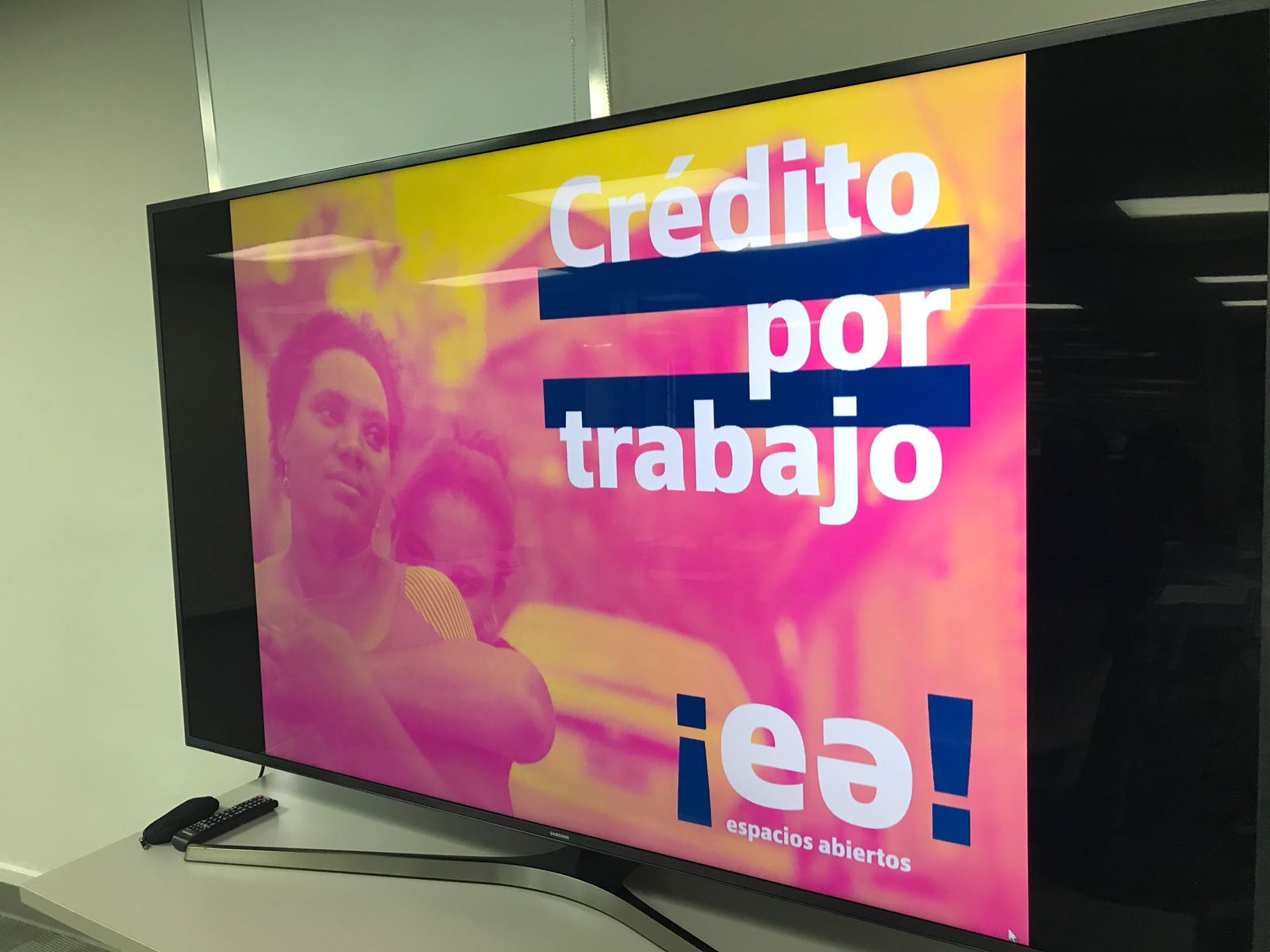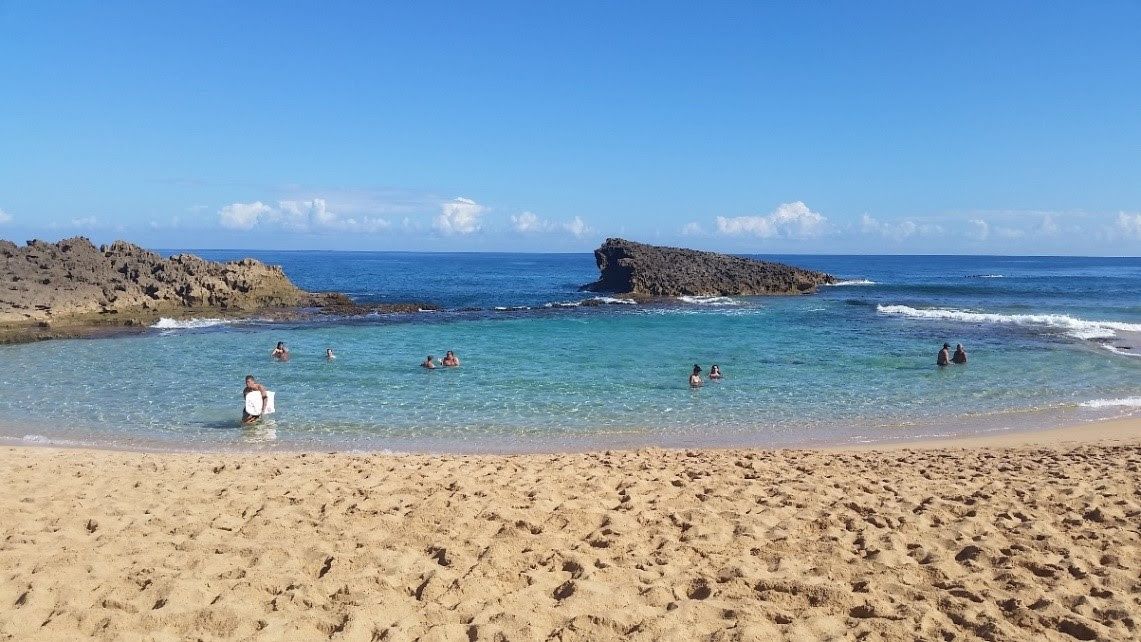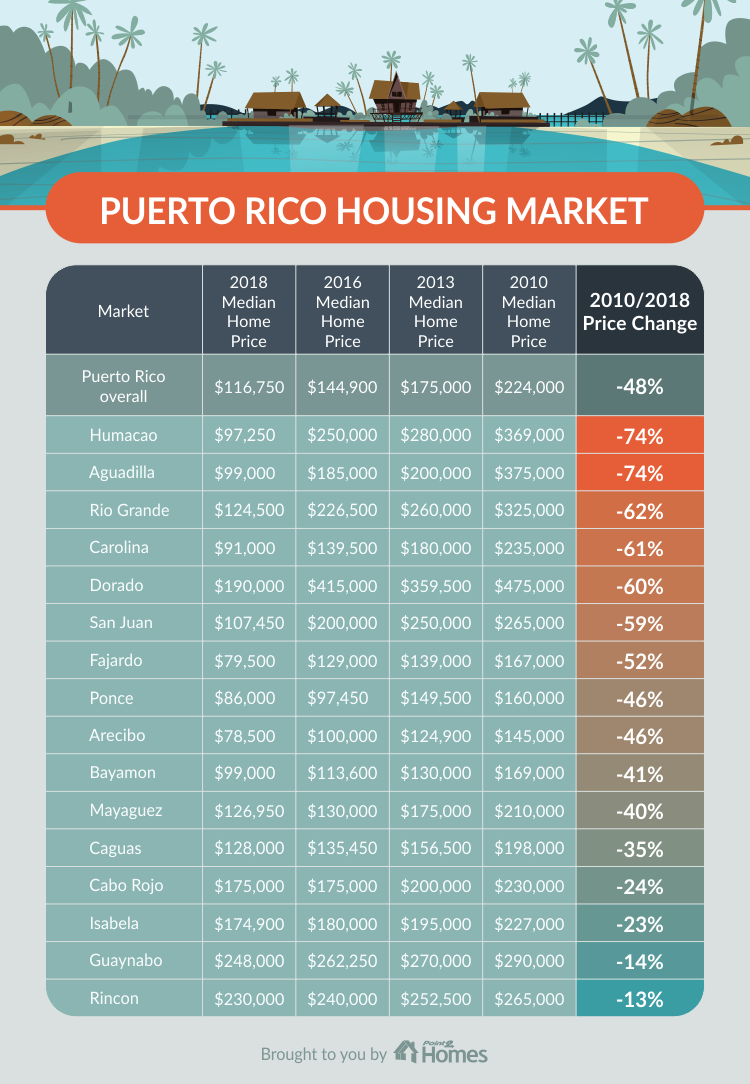P.R. housing sector needs ‘clear public policy’ to function


Graham Castillo
Puerto Rico needs clear public policy that leads to a solution to the housing problem, the implementation of rules and design criteria that respond to the market, and locating new builds in low-risk areas with easy access to health services.
Furthermore, the framework should recognize that different age cohorts have different needs, said Graham Castillo, president of the Estudios Técnicos research firm, commissioned by the Puerto Rico Mortgage Bankers Association to provide a snapshot of the island’s housing conditions.
Saying the housing sector “is seen as a strategic element of a policy to prevent the depopulation of Puerto Rico,” Castillo noted the government also has to implement measures that positively impact housing demand and consumer buying power.
“The tax issue and its different dimensions includes the need to incentivize the construction of affordable housing by the government, but also those measures that positively impact demand and people’s buying power,” he said. “These include incentives, with adequate return on investment, and tax credits to give access to more people to own their homes.”
The government must also support the housing industry as an immediate tool to spur economic activity, jobs and income.
“Puerto Rico’s economic and social reality forces the new housing construction sector to focus its efforts on social interest housing, on rebuilding the inventory of homes affected after Hurricane María, so that families can move away from high-risk places,” he said.
In recent years, the drop in home sales in Puerto Rico has leveled off, except in 2017, when a drop was registered due to Hurricane María’s impact. The study showed sales of:
- 7,346 units in September 2017, vs. 7,785 homes during the same month in 2016,
- October’s total reached 7,515 in 2017, vs. 8,632 in the same year-ago month,
- 8,067 homes were sold in November 2017, vs. 9,390 in November 2016,
- December 2017 sales were 8,797 homes, when compared to 10,339 homes sold in December 2016.
During the first two months of this year, total home sales dropped 11 percent, while new home sales increased by 176 percent, according to the findings of the “Housing Study: Projections and Realities” that Castillo presented, during the MBA’s annual convention, which wraps up today.
The study showed that new housing sales have shrunk quicker than total sales due to a drop in inventories.
As for affordable housing, the study revealed that more than 50 percent of rental properties have a monthly price of less than $500, while 58.1 percent of new units sold were valued at less than $150.000.
The study confirmed there is a need for housing based on social perspective, revealing that close to 53,000 tenant households in Puerto Rico occupy substandard housing, including 5,445 that are ineligible for federal assistance programs.
More than 76,000 homeowners live in those conditions, of which 7,680 also fail to qualify for aid. Close to 52,000 tenants and more than 72,000 property owners earmark more than half of their income to housing expenses.
“If you use as reference those who allocate more than 30 percent of their income, the number reaches almost 200,000 households,” Castillo said.
The need for housing based on social perspective jumped to the forefront after Hurricane María hit Puerto Rico in September 2017, when 515,173 inspected homes reflected a combined $4.1 billion in damages. So far, approved aid falls severely short at $718 million. The majority of homes that suffered from María’s wrath are in San Juan, Carolina, Caguas, Bayamón, Ponce, Humacao and Arecibo.
Another prevalent problem in Puerto Rico is informal housing, which present a challenge when it comes to using and receiving federal assistance.
A study commissioned by the local Builders Association confirmed that 45 percent of homes in Puerto Rico are informal constructions, which are not subject to building codes or land use regulations, among other limitations.
On the other hand, about 86 percent of the island’s housing stock was built before 2000. This implies that most of the units built in Puerto Rico, even those with their permits, do not comply with the recent construction codes, the study showed.
The study also showed the drastic devaluation in housing prices, which reached their peak in 2007, and have since dropped by 25 percent.









